Project History

First Barometer protocol
Developed in 2016, the first Barometer protocol was launched in 2017. Brazil, El Salvador, Mexico and Rwanda were the first countries to pilot the new tool.
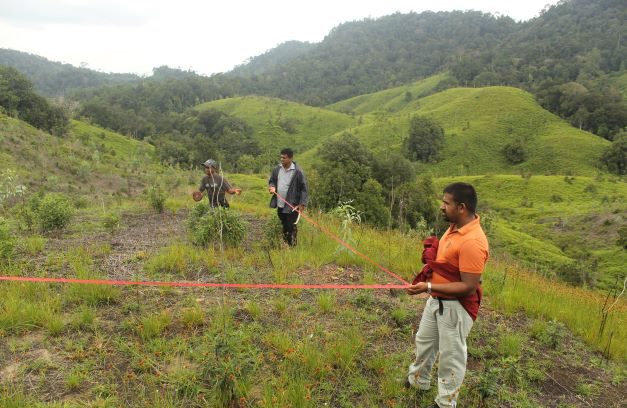
Pilots
By 2018, Sri Lanka, the United States and seven more countries had joined them. These pilots identified implementation hurdles and quantified the benefits of the Barometer, attracting more interest, funding and technical support. The pilots also revealed the need for: restoration to take place at multiple scales and through multiple actors; greater alignment in reporting on climate targets; improved spatial data on restoration activities; and more assessment and documentation on the socio-economic impacts of forest landscape restoration.
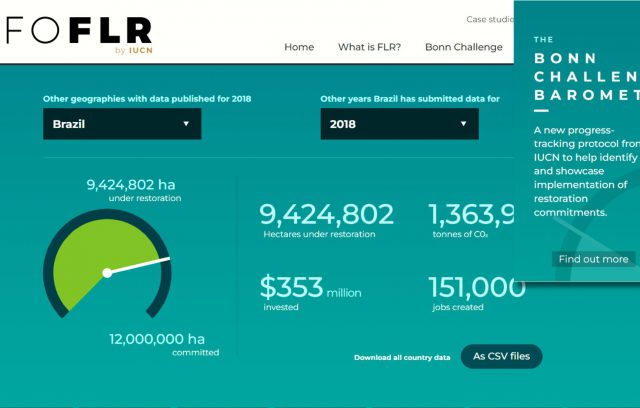
Available online
By 2019, the Barometer moved online, allowing data visualisation and reporting against restoration pledges.
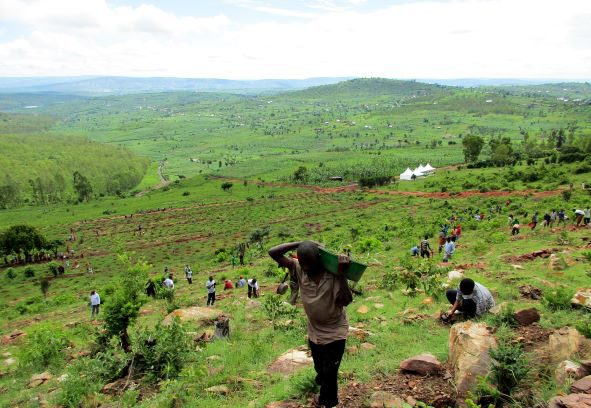
New version
In 2020, IUCN further refined what is now known as the Restoration Barometer – piloting a new version of the tool in 20+ countries. Some countries underwent a full application of the protocol, while others participated in a ‘rapid application’ that assessed progress against a selection of indicators.
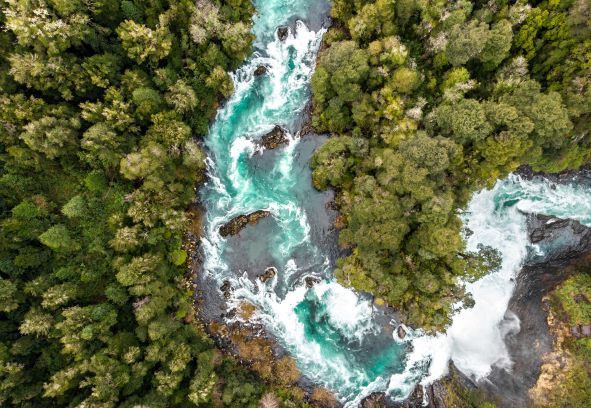
Include all terrestrial ecosystem types
By 2021, the Restoration Barometer was updated further, building on the lessons learned and expanding to include all terrestrial ecosystem types, including coastal and inland waters.
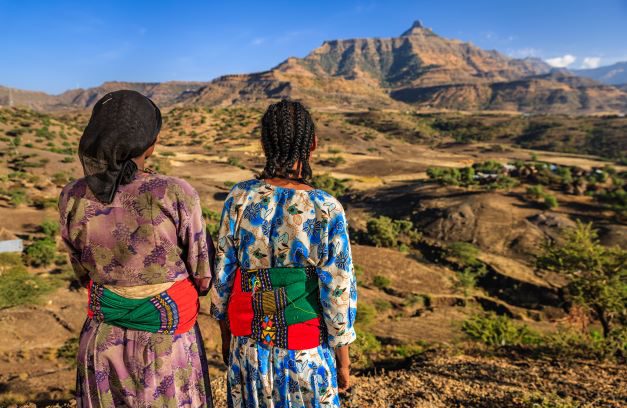
New platform
In 2022, IUCN has created a new user-friendly platform to help governments and the private sector showcase their restoration progress and ambition to tackle climate change and nature loss. As a result, these leaders can provide tangible evidence on the benefits of investing in restoration actions and policies. This year, 21 countries (and counting) are applying the Barometer.